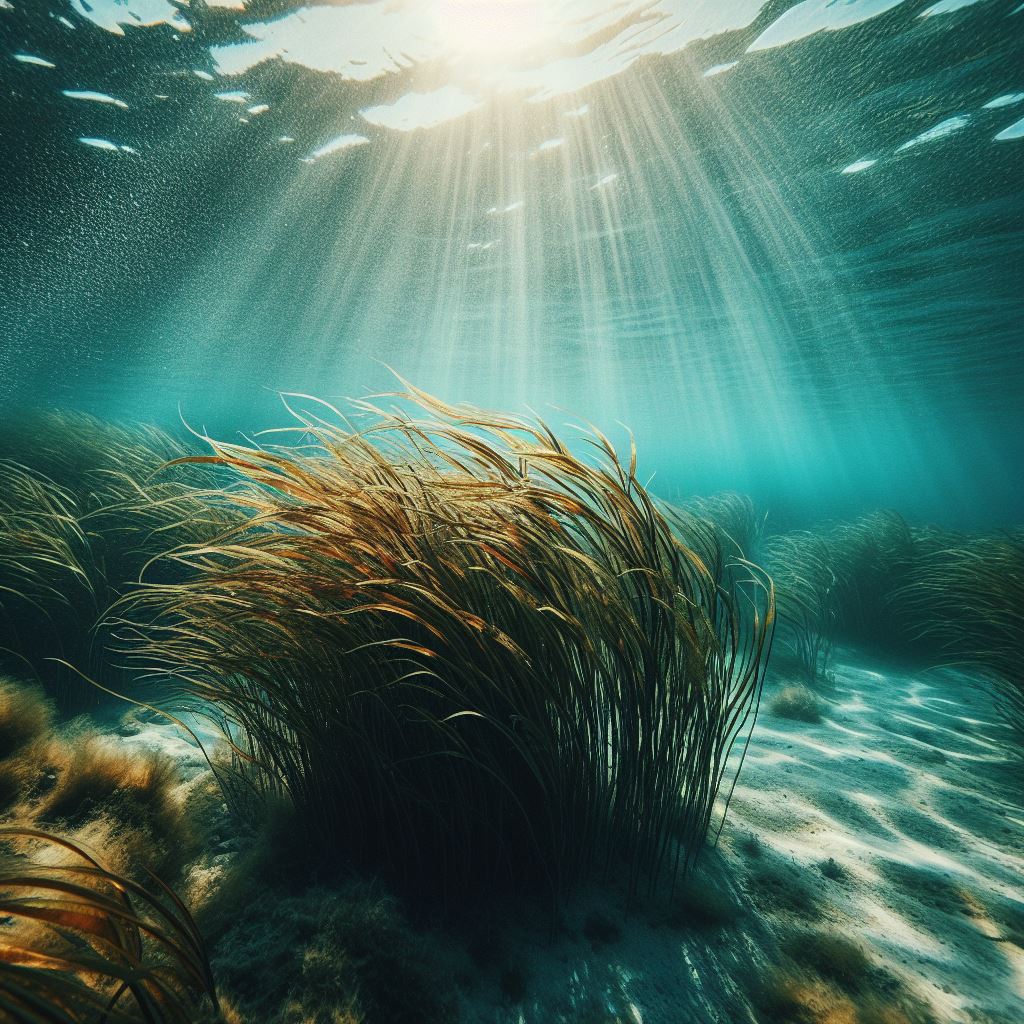Article By: Farah Izana Abdullah
Feeding is a critical aspect in maintaining health and ensuring optimal growth in the aquaculture industry. To achieve successful breeding and optimal fish growth, selecting the right feed and implementing wise feeding management strategies are priorities. This article will discuss factors to consider for optimal feeding in breeding and growth of fish in the context of aquaculture.
- Balanced Nutrient Requirements:
- Feeding should provide balanced nutrient requirements, including proteins, fats, carbohydrates, vitamins, and minerals needed for healthy growth and development.
- Appropriate Types of Feed:
- The type of feed should be tailored to specific fish species and their life stages. For example, larvae may require finely-particulate feed, while adult fish may need pellets or other types of feed.
- Feed Quality:
- Feeds must meet high-quality standards and be free from contaminants. Good feed quality contributes to fish health and reduces the risk of diseases.
- Feeding Technology:
- Using innovative technology in feed delivery, such as automated feeders and controlled feeding systems, helps ensure efficient feed absorption by fish.
- Correct Feeding Frequency and Quantity:
- Determining the correct feeding frequency and quantity is crucial. Regular and consistent feeding helps prevent nutrient deficiencies or overfeeding issues.
- Adaptation to Seasonal Changes:
- Feeding needs to be adjusted according to seasonal changes and the metabolic requirements of the fish. Fish may require different feeds at different water temperatures.
- Reduction of Environmental Impact:
- Choosing feeds that can be managed responsibly helps reduce environmental impact. This includes low-pollution feeds, the use of sustainable raw materials, and the production of feeds with efficient water usage.
- Monitoring Health and Growth:
- Health and growth monitoring systems help identify changing feeding requirements over time. This monitoring provides crucial information for effective feed adjustments.
By understanding and aligning fish feeding with their biological needs, the aquaculture industry can ensure successful breeding and optimal fish growth. Proper feeding positively impacts fish health, aquaculture productivity, and the sustainability of aquatic resources.

Date of Input: 06/02/2024 | Updated: 17/04/2024 | izana.abdullah
MEDIA SHARING





























